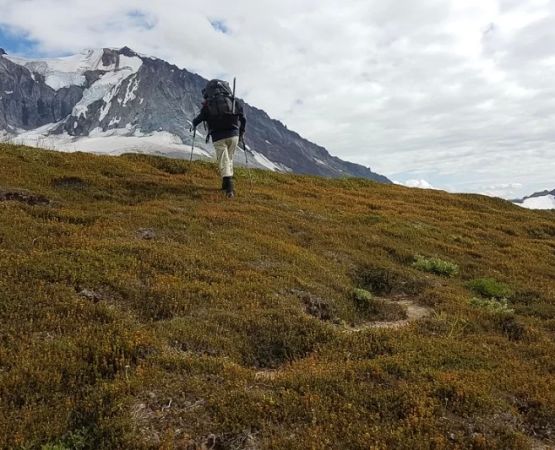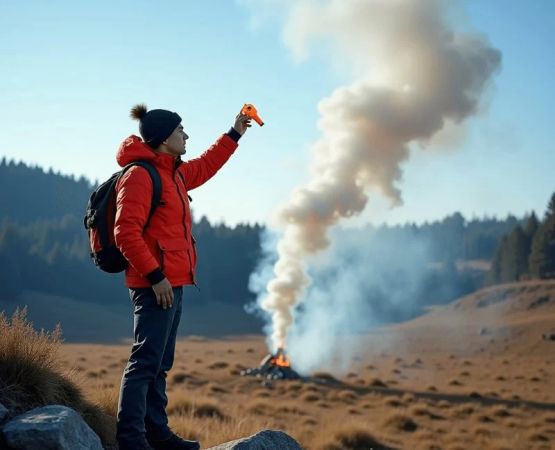- Understanding the Importance of Campfire Safety
- Preparing a Safe Campfire Site
- Lighting and Maintaining the Campfire
- Extinguishing the Campfire Properly
- Real-Life Lessons and Expert Advice
1. Understanding the Importance of Campfire Safety
Campfires are a cherished part of the outdoor camping experience across the USA, bringing warmth, light, and a sense of community. However, without strict adherence to campfire safety rules, these fires can quickly become dangerous, causing wildfires, injuries, or damage to natural habitats.
The United States has witnessed numerous wildfire incidents sparked by unattended or poorly managed campfires. For example, the tragic 2018 Camp Fire in California, one of the deadliest wildfires in the country's history, was linked to human activity near a camping site, underscoring the critical need for awareness and responsibility when handling open flames outdoors.
By following established campfire safety rules USA campers not only protect themselves but also preserve the environment for future generations.
2. Preparing a Safe Campfire Site
Before lighting a campfire, selecting an appropriate location is the first step to ensuring safety. This involves several important considerations.
2.1 Choosing the Right Spot
Campfires should be built in designated fire rings or pits provided by campsites whenever possible. These areas are designed to contain flames and reduce risk. If such facilities aren’t available, clearing a 10-foot diameter area free of flammable material like leaves, pine needles, and dry grass is essential.
2.2 Checking Local Regulations and Weather
Many parks and forests impose seasonal fire bans or restrictions based on weather conditions such as drought. Always verify current regulations before starting a fire. Windy conditions can spread sparks rapidly, so avoiding campfires during such times is vital.
2.3 Gathering Safe Firewood
Using locally sourced firewood reduces the risk of introducing pests and diseases to new areas. Avoid bringing firewood from other regions, and never use flammable liquids to start or accelerate a fire.
3. Lighting and Maintaining the Campfire
How you light and maintain your campfire plays a huge role in safety and efficiency.
3.1 Safe Ignition Methods
Starting a fire with matches or a lighter is the most common and safest method. Using tinder, kindling, and gradually adding larger logs helps the fire build steadily and reduces excessive smoke or sudden flare-ups.
3.2 Monitoring the Fire Constantly
A campfire should never be left unattended. Assign someone to keep an eye on it at all times, and keep children and pets at a safe distance. Maintain a manageable fire size that fits within the fire ring or pit.
3.3 Avoiding Hazardous Materials
Never burn trash, plastics, or treated wood, as these release toxic fumes harmful to both humans and wildlife.
4. Extinguishing the Campfire Properly
One of the most critical steps in campfire safety is ensuring the fire is completely out before leaving the site or going to sleep.
4.1 Water and Soil Method
Pour plenty of water over the fire until all embers stop hissing and the ashes are cool to the touch. Stir the ashes with a stick or shovel to expose any hidden hot spots. If water isn’t available, use soil or sand to smother the fire, but water remains the most effective.
4.2 Double Check
Feel the area carefully to confirm it is cool and safe. Remember, many wildfires start from smoldering embers thought to be extinguished.
5. Real-Life Lessons and Expert Advice
Stories from campers and firefighters highlight the real dangers of neglecting campfire safety rules USA. A hiker’s report from the Great Smoky Mountains National Park detailed how a small unattended campfire grew into a blaze that forced evacuations and extensive firefighting efforts.
Experts emphasize the importance of education and preparedness. Equipping yourself with reliable fire-starting tools, fire extinguishing materials, and knowledge can prevent accidents. For those looking to prepare responsibly, Pine Cliff Resort offers top-tier camping gear and safety equipment tailored for fire-safe outdoor experiences.
Ultimately, respecting campfire safety rules preserves the beauty and accessibility of natural spaces, allowing everyone to enjoy the magic of a campfire without harm.







